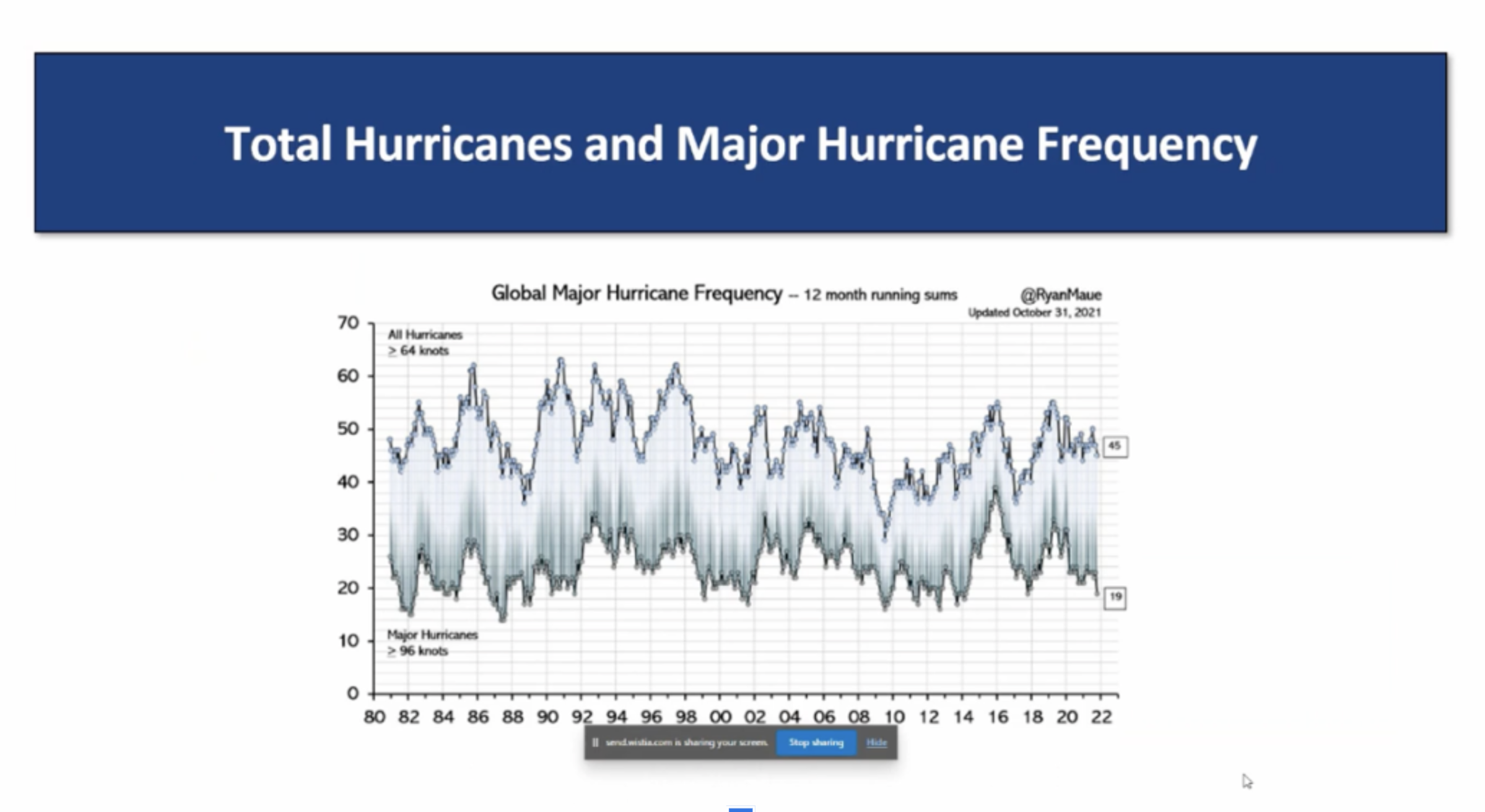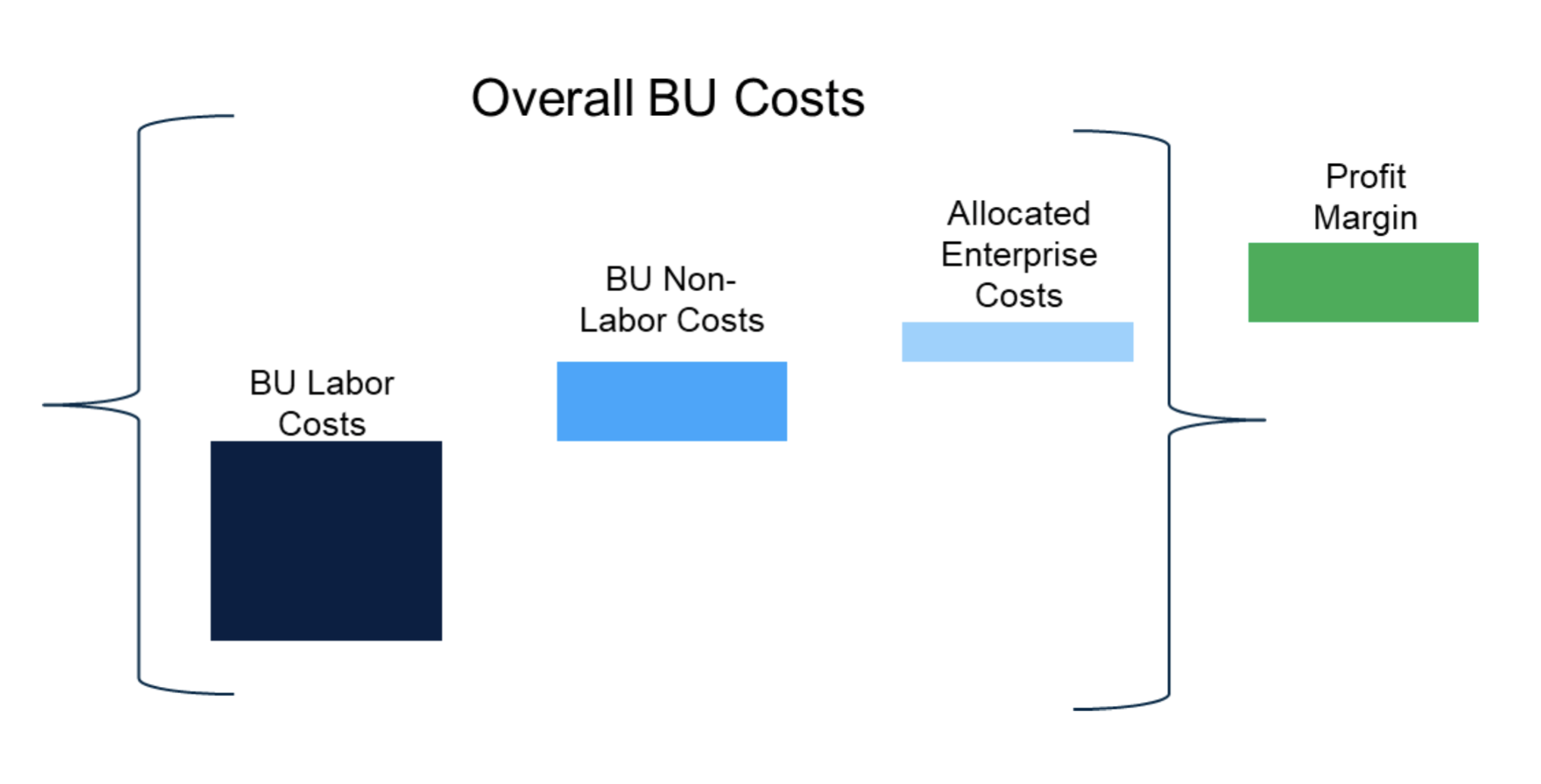The most startling article I've read in a very long time ran in The Atlantic last week, about euthanasia in Canada. The headline reads, "Canada Is Killing Itself." The deck headline says, "The country gave its citizens the right to die. Doctors are struggling to keep up with demand."
Canada's parliament legalized euthanasia in 2016, and the article says it now "accounts for about one in 20 deaths in Canada—more than Alzheimer’s and diabetes combined."
Perhaps you knew that fact, but I certainly did not, and I suspect a high percentage of you who don't live in Canada were also unaware of that trend.
In any case, it raises all sorts of moral and philosophical questions, probably moreso for those of us who've watched elderly parents gradually die. The trend will also have implications for insurers, notably life and health insurers. Those implications could grow, too, if Canada turns out to be a bellwether, and the trend spreads to other, even more populous countries.
I thought I should share.
The Atlantic article says:
"It is too soon to call euthanasia a lifestyle option in Canada, but from the outset it has proved a case study in momentum. MAID [short for Medical Assistance in Dying] began as a practice limited to gravely ill patients who were already at the end of life. The law was then expanded to include people who were suffering from serious medical conditions but not facing imminent death. In two years, MAID will be made available to those suffering only from mental illness. Parliament has also recommended granting access to minors."
What's happening in Canada is not just an increase in number but in kind, because the country is allowing what's known as active euthanasia, not just passive euthanasia or assisted suicide. In active euthanasia, a doctor administers drugs that will end someone's life. In passive euthanasia, a doctor ends attempts to keep a terminally ill person alive, while assisted suicide is helping someone end their own life.
A few smaller countries—the Netherlands, Belgium and Luxembourg—have allowed active euthanasia since the 2000s, and a few more populous countries (Colombia and Spain, as well as Canada) have allowed the practice during the past decade. More countries and a dozen U.S. states, including California and Texas, allow some form of passive euthanasia or assisted suicide.
The potential implications for insurers seem pretty clear, especially if access to active euthanasia spreads. Life insurers will pay out on policies earlier than they would have. They will also pay out on more term life policies, the vast majority of which now lapse without a claim. By contrast, health insurers, whether private or governmental, will see claims decline. Studies vary but tend to find that 10% to 12% of healthcare costs come in the last year of life, and decisions by people to end their lives will presumably obviate many of those expenditures.
Euthanasia is a thorny subject that gets into all sorts of questions about the sanctity of life. The final years of an aging relative can also stir up bitter family arguments, some based on hard feelings that had lain dormant for decades. While my seven siblings, our parents and I were all aligned about care decisions leading up to my father's death at 82 and my mother's at 93, I've seen ferocious arguments erupt in some in-laws' and friends' families in the final weeks and months of a dear one's life.
While the insurance issues seem clear and quantifiable, if you've wrestled with the broader questions, as I have, I very much encourage you to read the piece in The Atlantic. It digs deeply into the tough stuff.
I'll just add one observation from someone who led a large, national organization, speaking to a group of healthcare CEOs. He said he'd found that a lot of the fighting over the care of dying parents occurred because of a misunderstanding. The parents felt they needed to hang on for the sake of their children, while the children felt they owed it to their parents to prolong their lives as long as possible.
He added, with chagrin, that he and his siblings had just made that sort of mistake as their father died. They had authorized something like $250,000 of care, which had lengthened their father's life by a week. During that week, their father was rarely conscious and, when he was, was incoherent and seemingly in pain.
Perhaps Canada, if it does nothing else, will bring issues about end-of-life care to the surface in ways that will allow for better conversations, in time to make a difference.
Cheers,
Paul






















